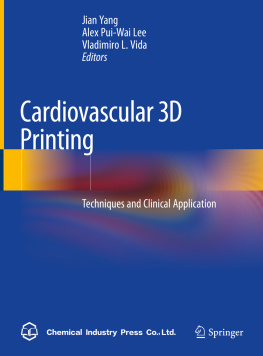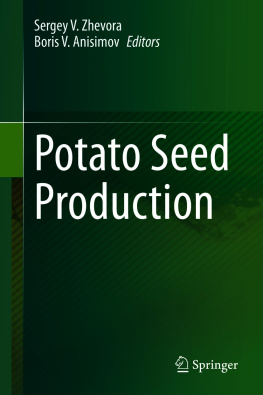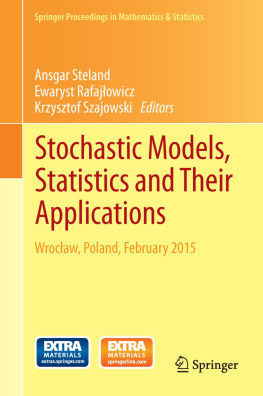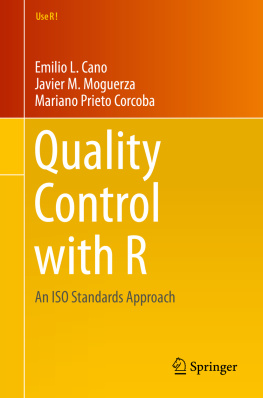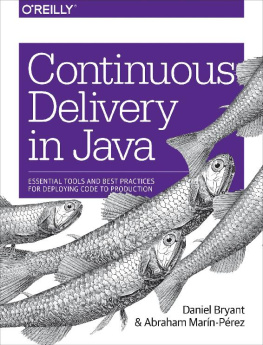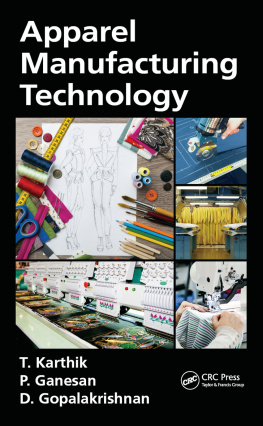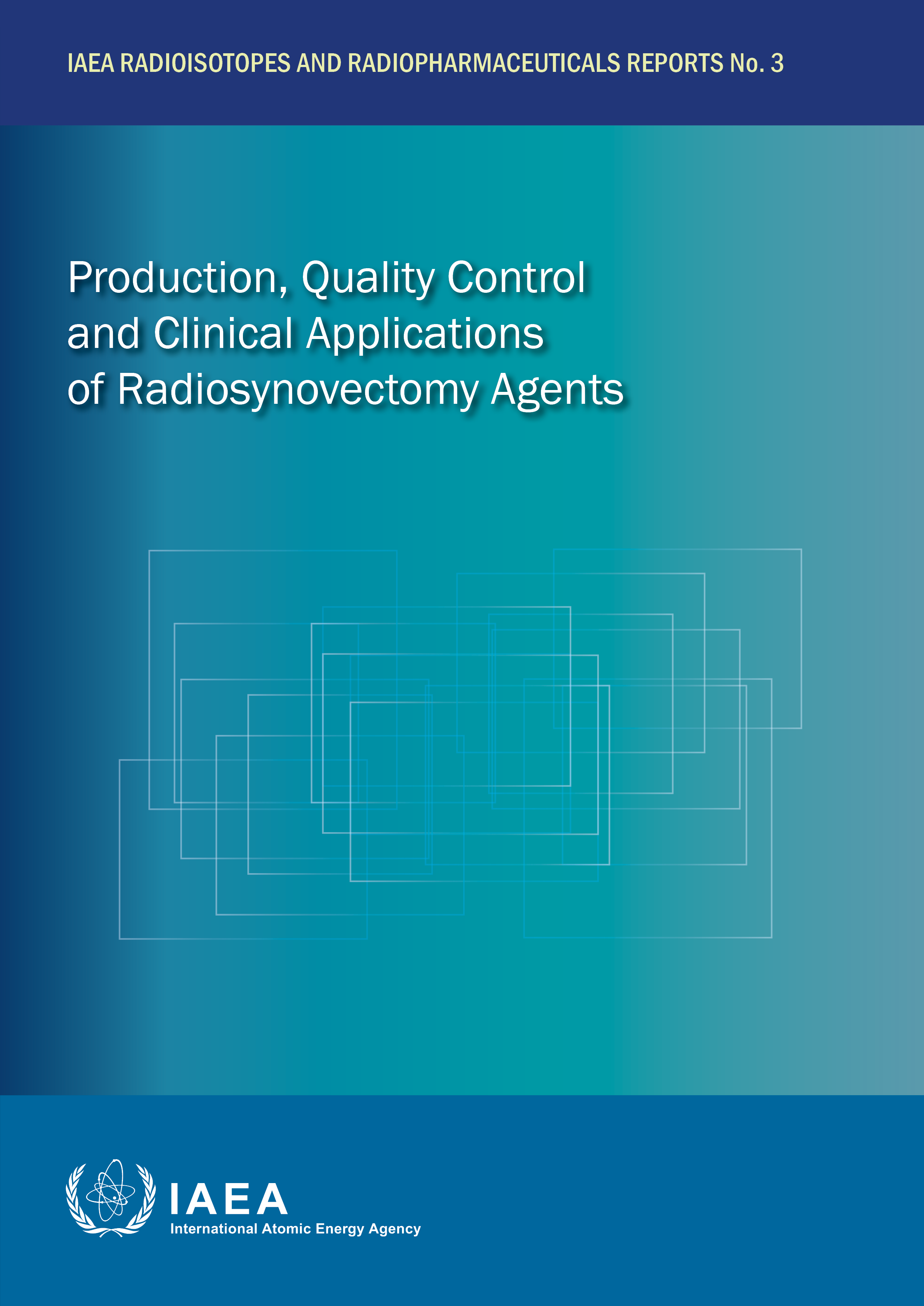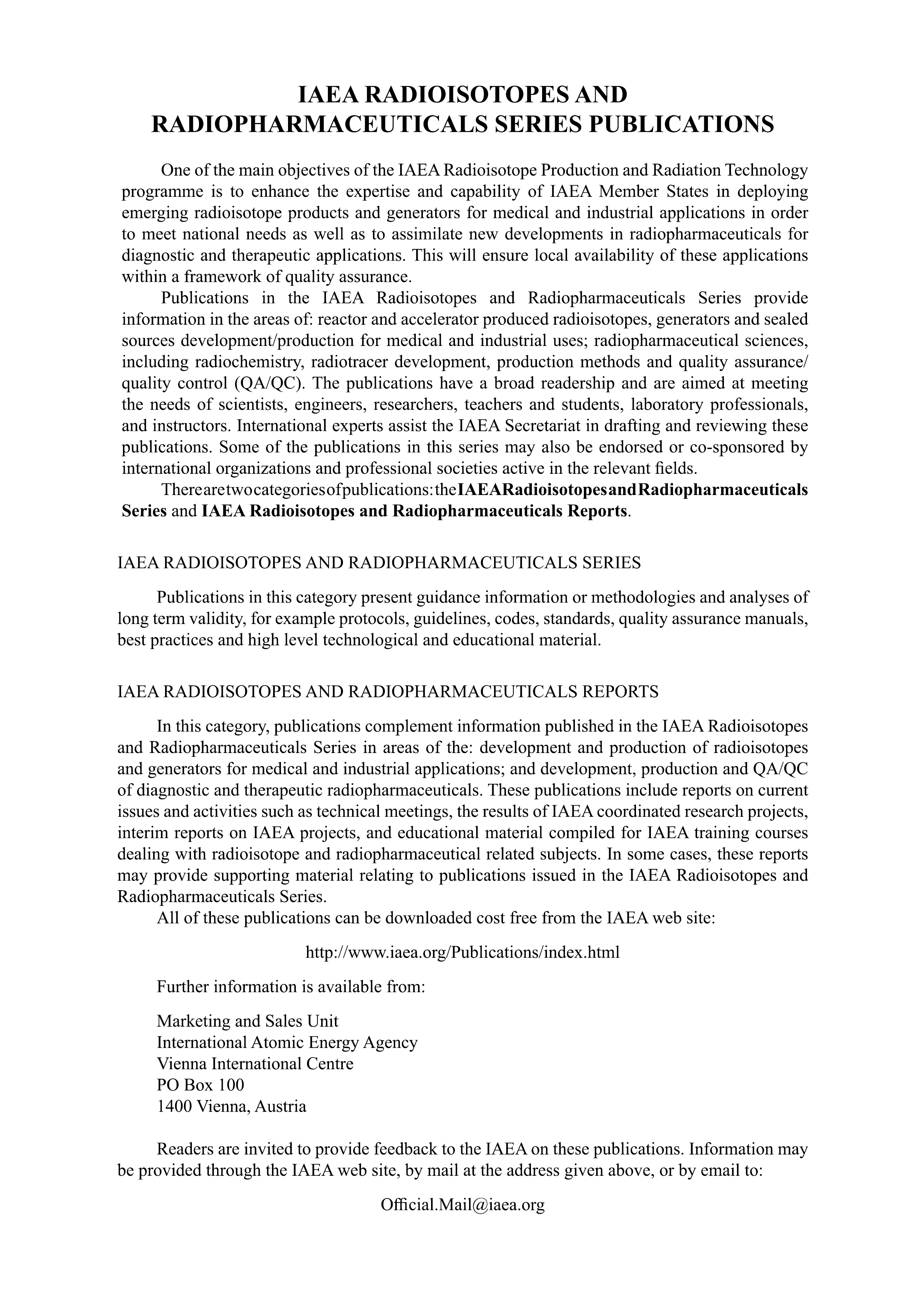All IAEA scientific and technical publications are protected by the terms of the Universal Copyright Convention as adopted in 1952 (Berne) and as revised in 1972 (Paris). The copyright has since been extended by the World Intellectual Property Organization (Geneva) to include electronic and virtual intellectual property. Permission to use whole or parts of texts contained in IAEA publications in printed or electronic form must be obtained and is usually subject to royalty agreements. Proposals for non-commercial reproductions and translations are welcomed and considered on a case-by-case basis. Enquiries should be addressed to the IAEA Publish ing Section at:
Names: International Atomic Energy Agency.
Title: Production, quality control and clinical applications of radiosynovectomy agents / International Atomic Energy Agency.
Description: Vienna : International Atomic Energy Agency, 2021. | Series: IAEA radioisotopes and radiopharmaceuticals reports, ISSN 24139556 ; no. 3 | Includes bibliographical references.
Identifiers: IAEAL 21-01405 | ISBN 9789201185204 (paperback : alk. paper) | ISBN 9789201186201 (pdf) | ISBN 9789201187208 (epub) | ISBN 9789201188205 (mobipocket)
Subjects: LCSH: Radiopharmaceuticals. | Synovectomy. | Nuclear medicine. | Radioisotopes Therapeutic use.
FOREWORD
Therapeutic radiopharmaceuticals play a major role in todays nuclear medicine, especially in the treatment of cancer. They have long been applied in radiation synovectomy, or, more briefly, radiosynovectomy (RSV) . In recent decades, the production and quality control of radiopharmaceuticals for use in RSV has moved from simple P colloids to recently developed matrixes labelled with short and medium range beta emitters. RSV is a well established technique with growing applications worldwide. However, the lack of generic and peer reviewed production, quality control and clinical application guidelines and recommendations is a major concern for their application in human patients.
Given both the IAEAs global efforts in supporting Member States in the application of nuclear techniques in radiopharmacy and health and several requests from Member States as well as professional societies in recent years, the need for an IAEA technical publication on the subject became apparent. Currently, there is a lack of international standardized regulations for RSV production and clinical use. This publication is intended for professionals in the field. It outlines ideal quality control and quality assurance procedures in the production of several radiopharmaceuticals for performing RSV, as well as the standard operating procedures needed to achieve successful therapeutic effec ts in patients.
This publication is the outcome of the continuous efforts of an international expert team that was in the field between 2016 and 2018; the IAEA wishes to thank the experts for their valuable work and scientific contribution, especially A. Dash (India) and J. Farahati (Germany). Special thanks to J.S. Vera Araujo from the Division of Physical and Chemical Sciences for her support in revising and editing. The IAEA officers responsible for this publication were A.R. Jalilian and F. Giammarile of the Division of Physical and Chem ical Sciences.
EDITORIAL NOTE
Guidance provided here, describing good practices, represents expert opinion but does not constitute recommendations made on the basis of a consensus of Member States.
This report does not address questions of responsibility, legal or otherwise, for acts or omissions on the part of any person.
Although great care has been taken to maintain the accuracy of information contained in this publication, neither the IAEA nor its Member States assume any responsibility for consequences which may arise from its use.
The use of particular designations of countries or territories does not imply any judgement by the publisher, the IAEA, as to the legal status of such countries or territories, of their authorities and institutions or of the delimitation of their boundaries.
The mention of names of specific companies or products (whether or not indicated as registered) does not imply any intention to infringe proprietary rights, nor should it be construed as an endorsement or recommendation on the part of the IAEA.
The authors are responsible for having obtained the necessary permission for the IAEA to reproduce, translate or use material from sources already protected by copyrights.
Material prepared by authors who are in contractual relation with governments is copyrighted by the IAEA, as publisher, only to the extent permitted by the appropriate national regulations.
The IAEA has no responsibility for the persistence or accuracy of URLs for external or third party Internet web sites referred to in this book and does not guarantee that any content on such web sites is, or will remain, accurate or appropriate.
The authoritative version of this publication is the hard copy issued at the same time and available as pdf on www.iaea.or g/p ublications . To create this version for e-readers, certain changes have been made, including a the movement of some figu res and tables.
1. INTRODUCTION
1.1.Background
Radiopharmaceuticals have had an incrementally positive impact in the health sector since the 1950s, especially in the diagnosis and treatment of diseases. In particular, radiation synovectomy, known more briefly as radiosynovectomy (RSV), has been used as an alternative minimally invasive treatment for joint inflammation. A common manifestation of this is rheumatoid arthritis, which, despite recent therapeutic advances, remains incurable. RSV has been used for over 50 years as an adjunct to conventional treatment (e.g. corticosteroids, arthroscopic synovectomy, arthrodesis) of refractory painful and disabling synovitis in patients with rheumatoid arthritis and other inflammatory synoviopathies, such as activated osteoarthritis and haemophilia. RSV is a local treatment with ionizing radiation involving the coupling of the right unsealed beta emitting radioisotope with a suitable colloid applied intra-articularly to irradiate the pathological superficial synovial membrane. A multidisciplinary approach involving rheumatologists, orthopaedists and nuclear medicine physicians, as well as a good understanding of the pathophysiology of synoviopathy, are essential for selecting the most appropriate treatment for individualized joints in order to optimize the result of this minimally invasive local therapy. Hence, RSV production and application ought to be handled and administered carefully, as there are several requirements to meet to deliver succes sful outcomes.



